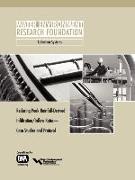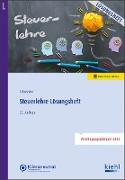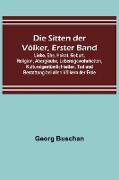Reducing Peak Rainfall-Derived Infiltration/Inflow Rates
BücherAngebote / Angebote:
The purpose of this research project was to examine construction projects that successfully reduced RDII. The research began with a literature review of all published records describing RDII removal projects. Initially, the review identified many projects, however, subsequent evaluation of available information revealed several important realities. First, most RDII removal projects in the country go undocumented. Second, of the RDII removal project summaries that have been published, few provide good data. Third, data gathering and analyses for this report were hampered by lack of documentation, lost or unavailable monitoring data, and weaknesses in monitoring techniques. Projects with sufficient information describing the conditions before the RDII removal project received a detailed analysis. In all, the case studies from the six agencies presented in this report (1) document before-and-after RDII levels, (2) quantify the RDII reduction achieved, and (3) describe the cost-effectiveness of the removal. As more than one project was documented for some agencies, a total of 12 RDII projects received review. The projects examined include both those that "successfully" reduced RDII and those that did not. In general, the conclusion was that utilities run the risk of not removing significant RDII unless they address private sewer laterals. The only cases examined where significant RDII was removed were those that addressed private sewers or inflow sources.
Folgt in ca. 15 Arbeitstagen




